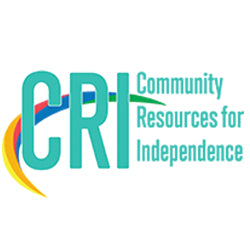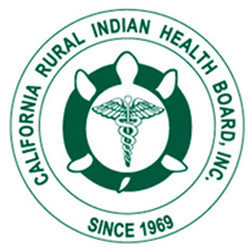Have you ever heard of the white coat effect? It’s when your blood pressure reads slightly higher than usual when it’s measured by a doctor in a clinic or hospital setting. This happens when your blood pressure reads slightly higher than usual when done by a Doctor in a clinic or hospital setting.
This effect is caused by stress/anxiety that doctor appointments can create. However, some doctors see this as a risk of developing underlying blood pressure conditions.
Often, the white coat effect is misinterpreted as hypertension. Remember that hypertension is generally high blood pressure in any given circumstances, not only in a medical setting.
Why is this a problem?
Experiencing nervousness or anxiety when visiting a doctor is the main cause of a slight increase in your blood pressure. You may not need to worry if the sudden spike of blood pressure only happens from time to time. But, it is still best to check with a doctor and determine any underlying issues.
According to a study conducted by University of Texas Southwestern Medical Center, people who experience the white coat effect have a higher risk of getting a stroke, heart attack, heart failure other cardiovascular conditions.
Because of this, it is vital to distinguish whether this only occurs occasionally or if a treatment is needed to address the sudden spike in your blood pressure.
How do you overcome White Coat Syndrome?
Before going to your Doctor’s appointment, here are some tips that could help you get an accurate reading.
- Relax - You can inform your nurse or Doctor to wait a moment for you to relax before they strap on the blood pressure cuff.
- Request a quiet room - If the waiting room area is a bit noisy or full of people and is giving you anxiety, you can request to move to a quiet area so you can get an accurate reading
- Learn some relaxation techniques - Think of things that make you relax. It could be breathing exercises before the appointment, or simply focusing on your blood pressure test.
Think of things that make you relax. It could be breathing exercises before the appointment, or simply focusing on your blood pressure test.
Another option is to monitor your readings at home. All you need is a reliable and accurate wrist or upper arm blood pressure monitor. This would really lessen the sudden spike of your blood pressure and you won’t have to deal with anxiety and nervousness. However, this does not replace actual Doctor Appointments, but instead helps medical professionals in diagnosing any health problems.
American Heart Association recommends home monitoring of blood pressure specifically for people with the following conditions:
- Anyone diagnosed with high blood pressure (HBP or hypertension).
- Individuals starting high blood pressure treatment to determine its effectiveness.
- People requiring closer monitoring. Especially individuals with risk factors for high blood pressure and/or conditions related to high blood pressure.
- Pregnant women, experiencing pregnancy-induced hypertension and/or pregnancy-associated hypertension.
- Evaluating potentially false readings, like:
- People who only have high readings at the doctor’s office (“white coat” hypertension).
- People who only have high readings at home, but not at the doctor’ s office (“masked” hypertension).
Source: heart.org
If you want to monitor your blood pressure at home, but don’t know what blood pressure monitor to use, check out iProven’s blood pressure monitors.





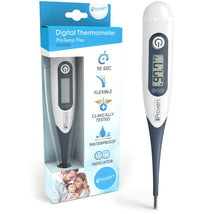
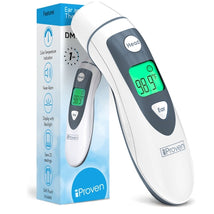

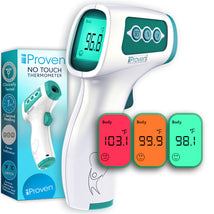
![iProven DMT-77 No-Touch Forehead Thermometer for Adults, Kids, Babies [Superior Accuracy, Upgraded Fever Alarm, Quiet Vibration Alerts] Digital Infrared Baby Thermometer with Ear Mode, Hypothermia Alarm](http://iproven.com/cdn/shop/files/AMI_DMT-77_image1_V3.3_MP_1_214x.jpg?v=1690531003)









